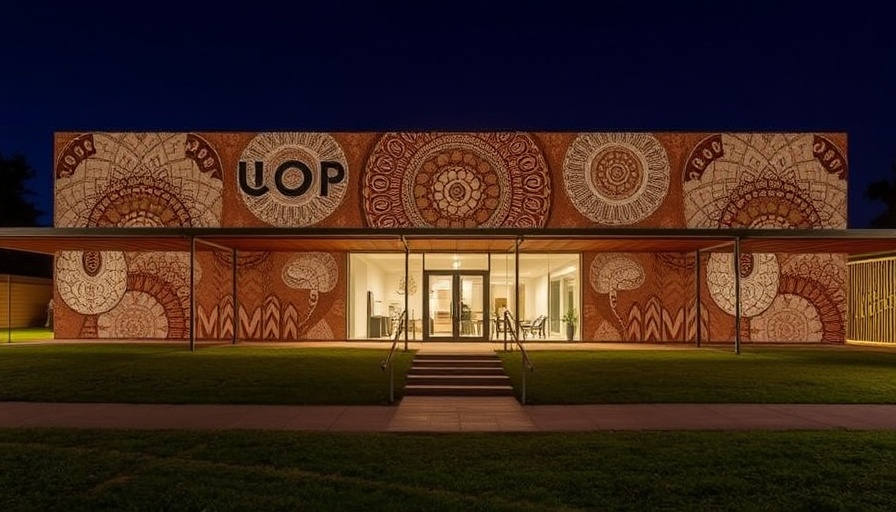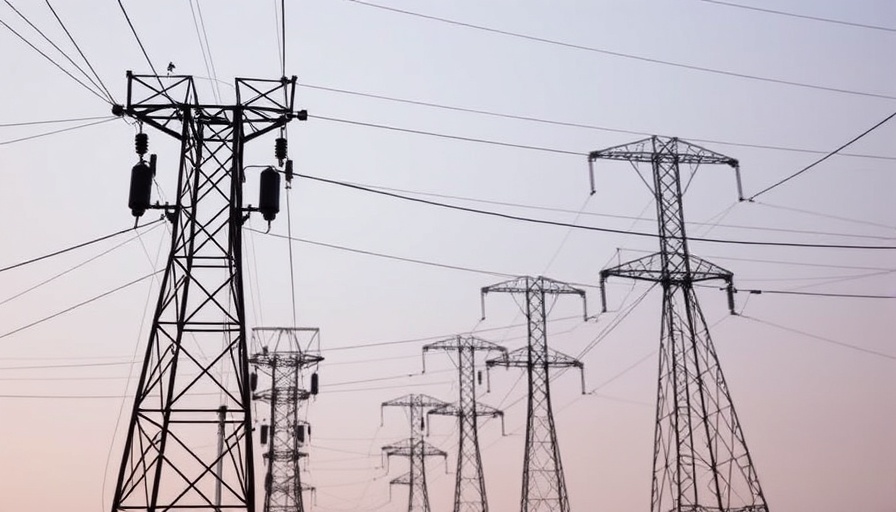
Understanding Workplace Substance Abuse Among Millennials
Recent insights from the American Journal of Industrial Medicine reveal a concerning trend among Millennials in the workforce: approximately 9% report using drugs while on the job. This statistic highlights not only individual choices but also broader implications for workplace culture, safety, and productivity.
The Scope of Substance Use in the Workplace
The study found that substance use varies by occupation, with safety-sensitive positions, such as those in facilities management, experiencing higher rates of alcohol and marijuana consumption. These statistics raise red flags not only for employers but also for co-workers who may be affected by impaired performance or risky behaviors of their peers.
The Importance of Comprehensive Workplace Policies
Despite the alarming figures, many workplaces remain unequipped to deal with substance issues effectively. Nearly 20% of survey respondents indicated their organizations lack a substance abuse policy. Employers should prioritize creating and maintaining comprehensive policies that address drug use, not merely through initial screening but via ongoing support. Combining clear guidelines with accessible recovery services has proven effective in several sectors.
Support Services as a Solution
Interestingly, the study points out that only half of workers have access to substance abuse support services at their workplaces. Research underlines that institutional support can significantly lower rates of substance abuse. When companies foster an environment in which employees feel supported and cared for, it contributes to healthier workplaces and improved overall morale.
Counterarguments: Freedom vs. Responsibility
While some may argue for individual freedom and privacy regarding personal choices, the impact of substance use in work settings cannot be ignored. The responsibility lies both with personal decision-making and the employer's duty to uphold a safe, productive work environment. A clear, unified approach that emphasizes responsibility can mitigate risks while respecting individual choices.
Moving Forward: Implementing Change in Workplace Culture
Creating a culture that prioritizes well-being, including mental health and substance use support, is vital in today's workplaces. Adding educational programs about substance misuse and recovery can shift perceptions around these issues and foster open dialogue, minimizing stigma and encouraging those who struggle with addiction to seek help.
The recent findings indicate that as we progress, employers, workers, and policymakers must work collaboratively to enhance workplace standards regarding substance use. Developing robust workplace policies, supporting employee health, and creating open lines of communication can significantly diminish substance-related problems.
To foster greater awareness and action around this issue, consider advocating for or initiating conversations within your own organization about substance abuse policies and employee well-being.
 Add Row
Add Row  Add
Add 






Write A Comment